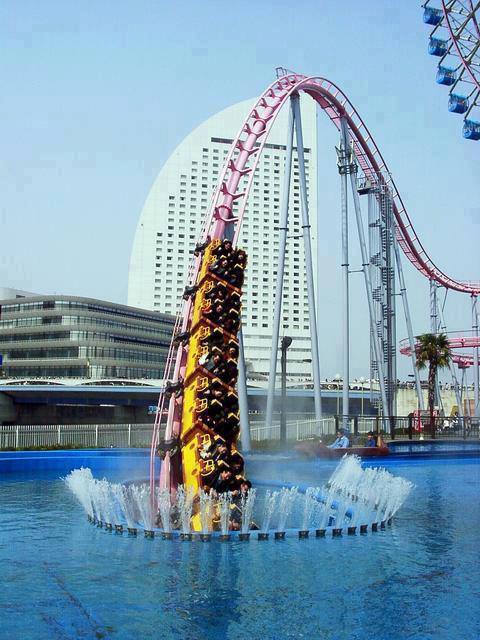


To Crawford, it reveals the story of an ancient people's "progress and ambition," the same potent combo that the Tower of Babel legend seems to warn against.īuildings, of course, can also serve to inspire, even if they they're mostly or entirely gone. At the very bottom: a chapel, possibly "the first temple, in the first ever city."

Archaeologists looked under walls and found 17 layers of buildings constructed over hundreds of years on top of each other, each bigger, suggesting "seam after seam of architectural evolution that rise up through the centuries" – over a millennium, in fact. The Monitor's View A great rethink on student debtĮridu isn't just home to a half-built temple called a ziggurat. In fact, something much older – a site called Eridu in Iraq – may have inspired the legend of Babel, Crawford discovers. In the Bible, two prophets connect the tower to a leader's epic excesses in Babylon.
/cdn.vox-cdn.com/uploads/chorus_image/image/52408017/the_larkin_administration_building_frank_lloyd_wright_david_romero_colour_visualisations_dezeen_hero.0.jpeg)
The book begins with the most famous legendary building in history – the Tower of Babel. For each building – and he's happy to stretch the definition of the word – Crawford expands its meaning to those who built it, those who used it and those who preserved its memory.Īfter all, he writes, "if we let them, buildings have the potential to be the ultimate raconteurs." To put it another way: Oh, the things they've seen. The architecture gets plenty of attention, but Crawford pulls back to paint a wider portrait. James Crawford, a young Scottish historian, makes a perceptive virtual visit to each of these lost landmarks and more than dozen more in his hefty Fallen Glory: The Lives and Deaths of History's Greatest Buildings. Hong Kong's Kowloon Walled City, India's Fortress of Golconda, Spain's Madinat Al-Zahra. The Library of Alexandria, the Temple of Jerusalem, the Bastille. Vivid history lessons lurk in our most stunning landmarks, particularly the ones that have crumbled at the hands of humanity or nature, ground under the present's mastery of the past. The renderings are rather finely detailed-from the carved pilasters in the Larkin building to the striped curtains at the Pauson pad, things are so lush you feel you could almost reach out and touch them.As a new book tells us, the best of buildings are much more than brick and sand, angles and arches, steel and iron.
#Buildings lost to time full
And in doing so, in brilliant full color, for structure’s we only have black-and-white photos of, Romero’s really doing a public service for architecture lovers. But Romero’s take on the Larkin building and Pauson house offers a recreation of what was, rather than what could be. Renderings, usually deployed before a structure is built, don’t generally offer much in the way of accurate depiction. The living room at Wright’s Rose Pauson House (1942), which burned down in a fire the year after its completion.Īnd then there are the lesser known Wright works, private residences that sneak onto the market and-if you’re lucky-that you can even rent.īut what of Wright’s works lost to time? Seen on Dezeen, Architect David Romero had just such a thought, and embarked on a remembrance of sorts for two long-gone Wright works-the 1904 Larkin Administration Building (demolished for a never-built truck stop) and the 1942 Rose Pauson House (which burned down in 1943).


 0 kommentar(er)
0 kommentar(er)
